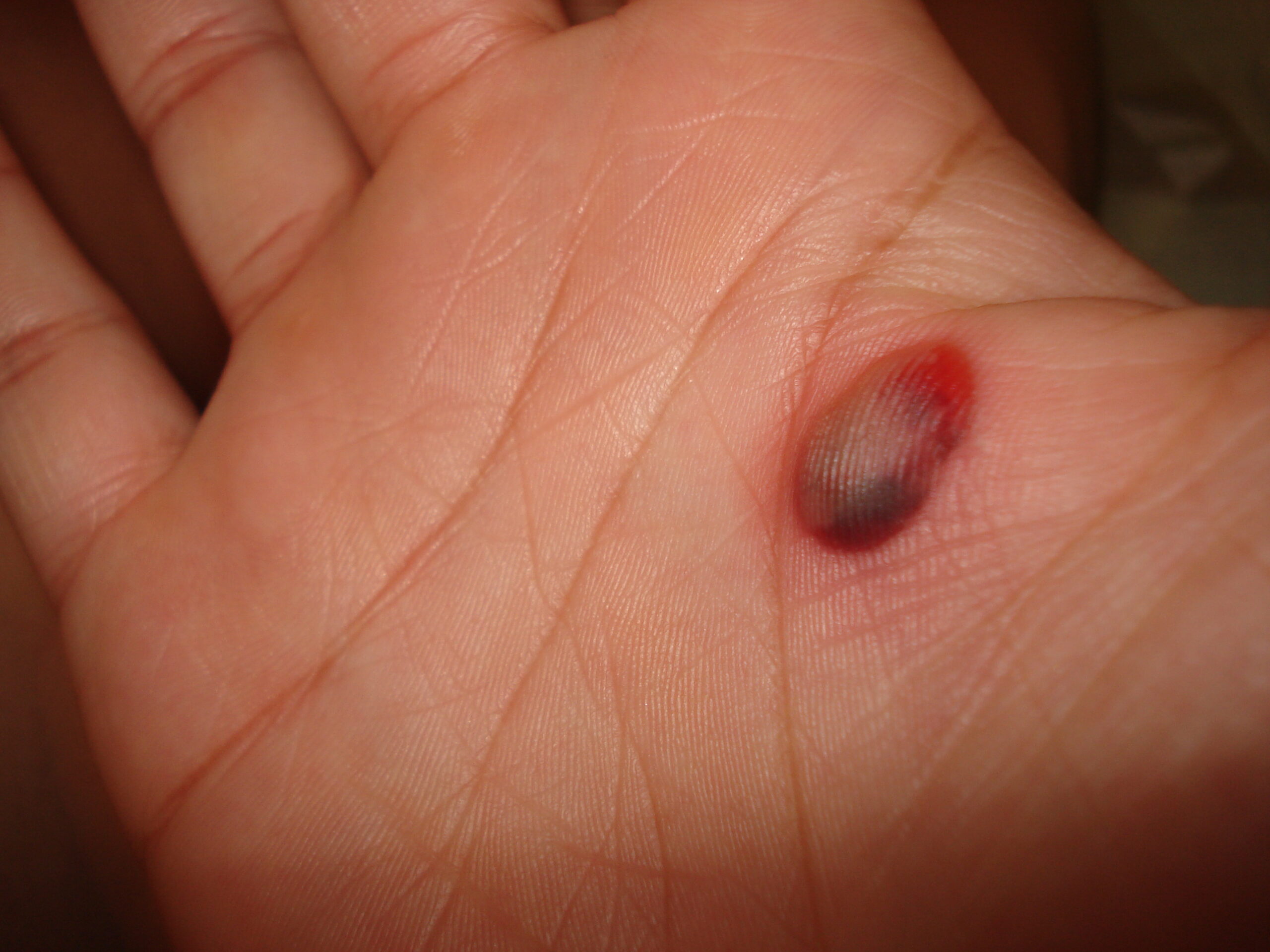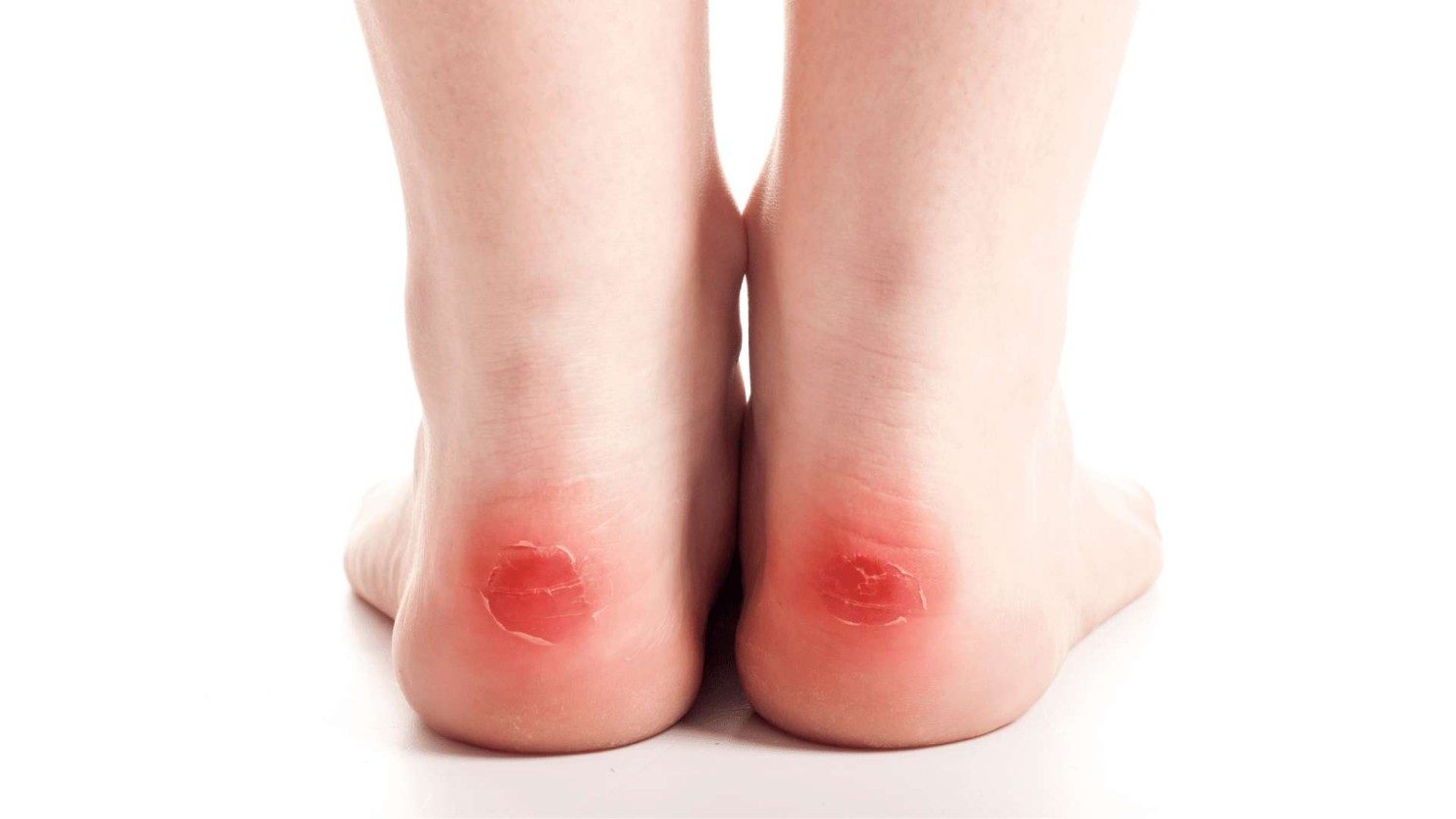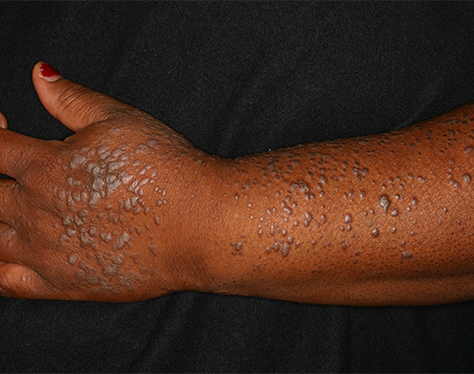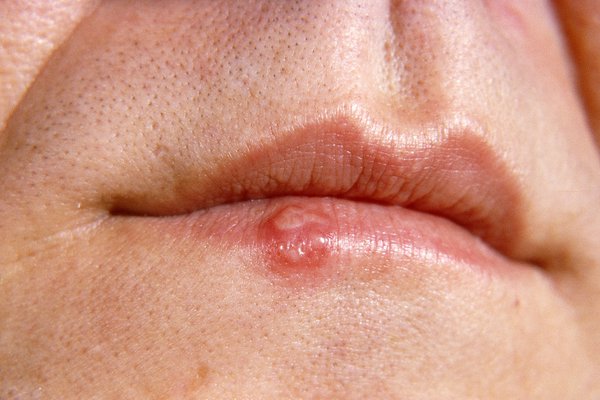Blisters, Skin vesicle, Allergic reactions, Blood blisters, Rashes.
Root Cause of Disease
Blisters are most often caused by skin being damaged by friction or heat. Certain medical conditions also cause blisters to appear. The damaged upper layer of skin (epidermis) tears away from the layers beneath and fluid (serum) collects in the space to create a blister. You can get blisters in several different ways, including some diseases.
The most common types of blisters include:
Blood blisters: You can get blood blisters when something pinches your skin. Instead of clear liquid, blood floods the area from broken blood vessels and damage to the lower layers of the skin. The blood pools and forms a blister.
Friction blisters: Caused by rubbing on the skin, friction blisters form when clear fluid builds up in the upper layers of skin. Many people get friction blisters from walking too much in poor-fitting shoes or by not wearing socks. You can also get them on your hands from holding things like shovels or other tools.
Heat blisters: You can get these blisters from burns or sunburns. They may also form after you warm up from frostbite. Blistering skin is part of a second-degree burn.
Symptoms
Signs and symptoms of blisters can include:
- Bruise
- Rash
- Bumps On Skin
- A reddened and tender patch of skin
- A raised lump filled with clear fluid or, sometimes, blood
Causes
There are numerous causes of blisters. Friction blisters can develop on the feet from poorly fitting shoes or on the hands from working with gardening tools. Some people may develop blisters because of an infection or an underlying condition.
Other causes of blisters
- Freezing/Cold Injury
- Friction or Trauma
- Pemphigus
- Radiation Injury
- Stevens-Johnson Syndrome
- Adverse drug reaction
- Allergic skin reaction
- Eczema
- Scabies
- Dermatitis herpetiformis
- Pemphigus vulgaris
Home Remedies to treat Blisters
Remedy -1 : Aloe vera
Aloe vera is a natural anti-inflammatory, which means it helps relieve redness and swelling. And it’s very hydrating, and keeping skin moist helps it heal faster, especially once the blister pops on its own and shrivels up.” Aloe vera leaves contain a gel-like substance that is well known for its healing properties. The compounds inside aloe vera gel reduce inflammation, increase collagen production, and stimulate cellular regeneration, which can promote more efficient wound healing.
Remedy 2: Coconut oil
Coconut oil contains lauric acid, a type of fatty acid that can hydrate the skin and reduce inflammation. As a result, coconut oil may promote tissue repair and increase wound healing. Coconut has lauric acid, it’s a type of acid that will hydrate your blisters and decrease the amount of inflammation and discomfort.
People can dip a cotton ball into melted coconut oil and gently tap the oil onto the blister.
Product link : Coconut oil
Remedy – 3: Petroleum jelly
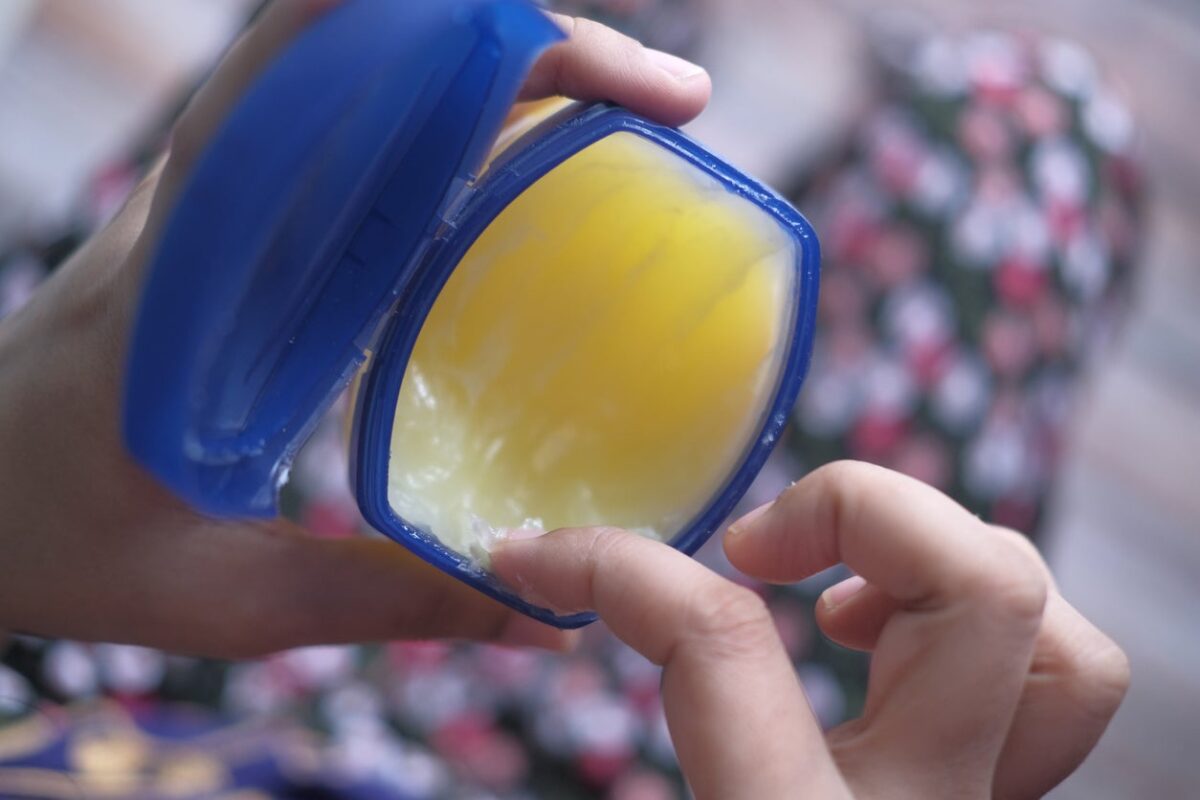
Petroleum jelly is commonly recommended by dermatologists for many uses, including healing skin. You can apply petroleum jelly over a broken blister to cover the area with a protective layer and lock in moisture. Use a bandage for added coverage and to prevent the petroleum jelly from being wiped away.
Product link: Petroleum jelly
Remedy – 4: Green tea

Green tea has anti-inflammatory and healing properties. It also has antioxidants and vitamins that help ease the pain and reduces swelling on the blisters.
Procedure:
- Dip one bag of green tea in hot water and add baking soda.
- Let the tea bag cool for some time and apply it on the blister for some time.
- Baking soda has antiseptic components which prevents infections.
- Keep dabbing the tea bag on the blister for some time.
- Do these two to three times a day.
Product link: Green tea
Remedy – 5: Epsom Salt
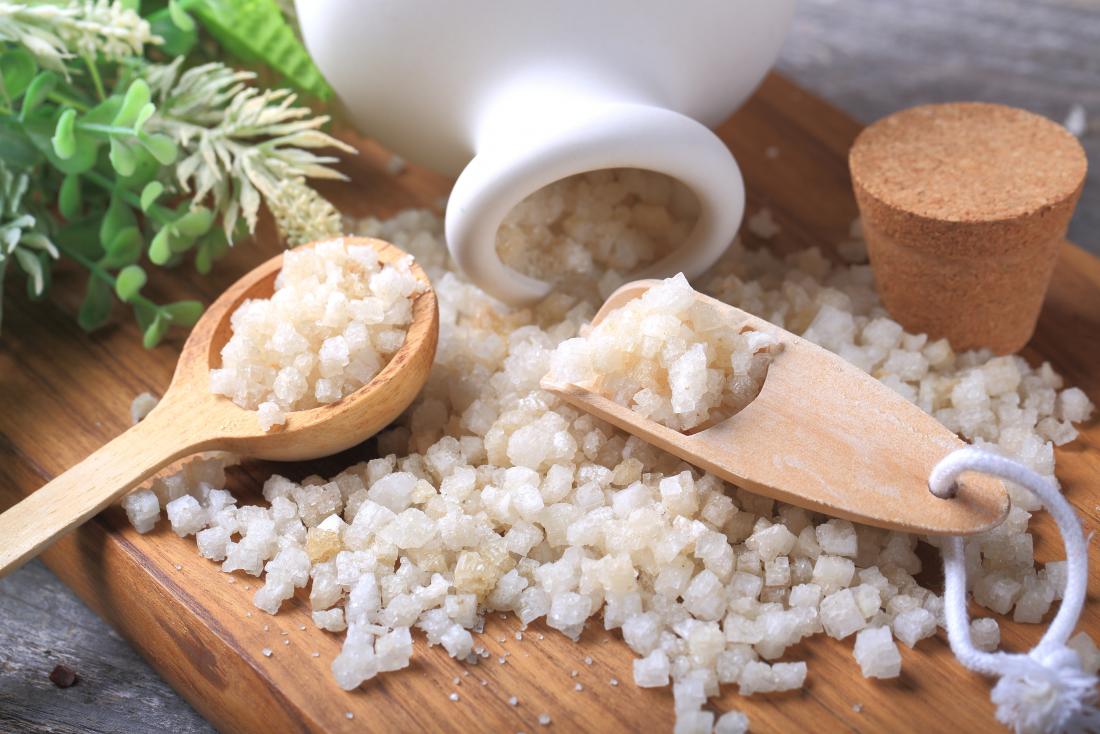
This is one of the best ways to treat your foot blisters. It is easy and also it is safe natural treatment for it. When you have un-popped blister and you are using Epsom salt as your natural treatment, then you this remedy is encouraging blisters to drain. Epsom salt has high amounts of magnesium. This element will help people to reduce the pain, inflammation and swelling. Also if you are using Epsom salt as your natural remedy for the blisters, then you are preventing yourself from further infections.
Procedure:
- In a foot tub filled with warm water you should add one to two tablespoons of Epsom salt and then stir this mix thoroughly.
- You should soak your feet in this mix for fifteen minutes. Then, you should remove your feet from the water.
- Dry them. After you have dried them, you should apply Vitamin E oil or a coating of petroleum jelly.
- If you have decided to use this treatment, then you should do it once per day in a period of few days. What is important to know about this treatment is that when your blisters are pop, then this remedy is stinging so you should stop use this remedy.
Product link: Epsom salt
Remedy – 6: Castor oil
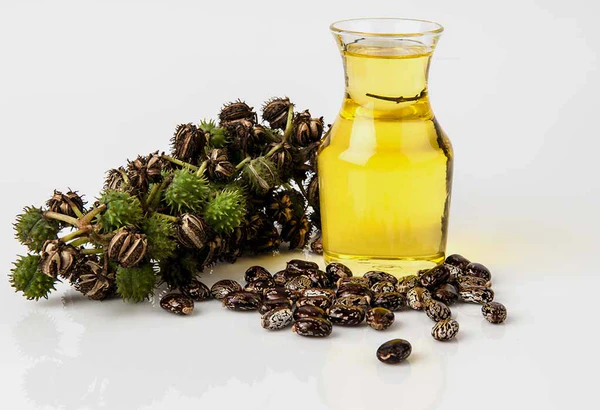
Castor oil is one of the most popular home remedies which are used for treating blisters. Before you go to the bed you should apply this oil on the blistered area. You should let this remedy to stay all night on your blisters because this remedy will dry them and also it will heal them.
If you want to further aid healing, then you can apply a mix from apple cider vinegar and castor oil. Also this remedy is one of the best home remedies for foot blisters. When you are using this remedy, then you the affected area is moisturized. If you having itchiness in your situation, then this remedy will help you to reduce the itchiness. Also the castor oil is very effective natural remedy which is helping for the healing process.
Product link: Castor oil
Preventions
- Protect your feet : To prevent blisters on your feet, wear nylon or moisture-wicking socks. If wearing one pair of socks doesn’t help, try wearing two pairs to protect your skin. You should also make sure your shoes fit properly. Shoes shouldn’t be too tight or too loose.
- Wear the right clothing : During physical activity, wear moisture-wicking, loose-fitting clothes. Avoid clothes made of cotton, as cotton soaks up sweat and moisture, which can lead to friction and chafing.
- Consider soft bandages : For problem areas, such as the feet or thighs, consider using adhesive moleskin or other soft bandages. Make sure the bandages are applied securely.
- Apply powder or petroleum jelly to problem areas : This helps reduce friction when your skin rubs together or rubs against clothing.
- Stop your activity immediately if you experience pain or discomfort, or if your skin turns red. Otherwise, you may get a blister.

